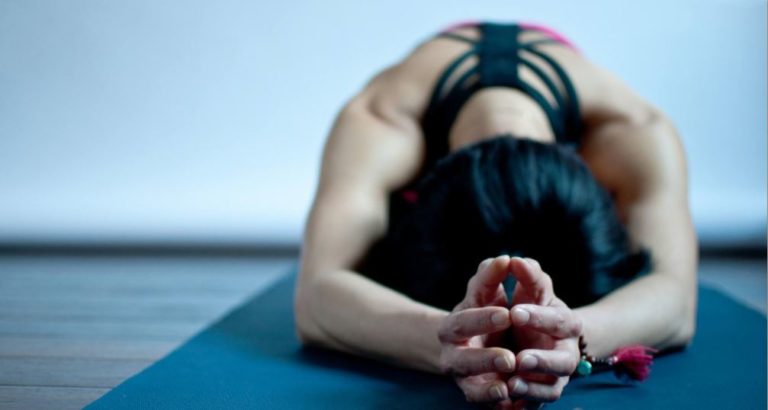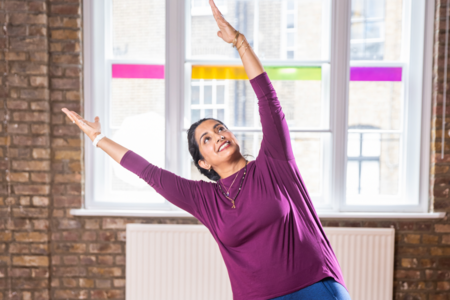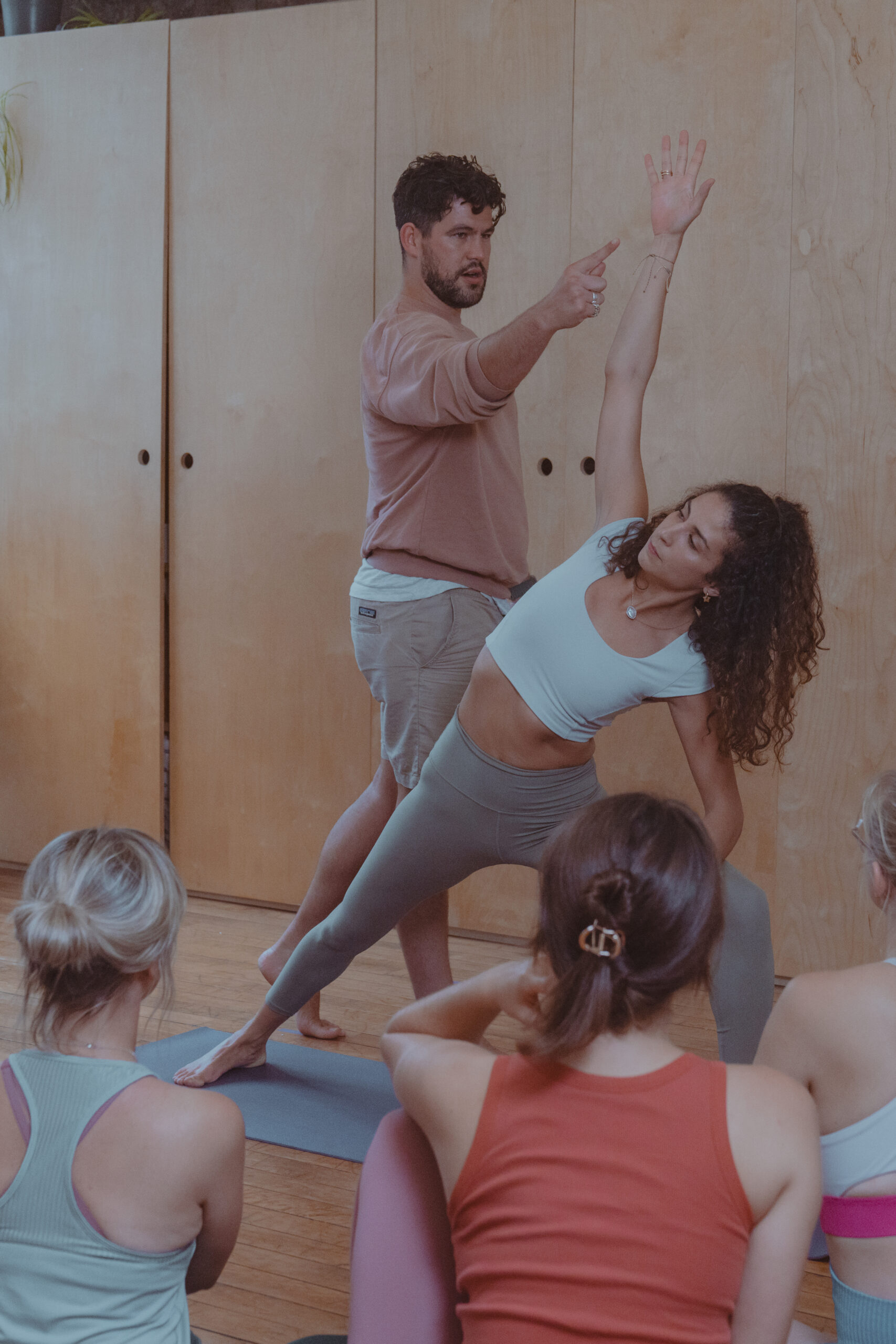As life gets busier and busier, more and more of us are looking to practice quieter styles of yoga to help rebalance our hectic lifestyles. I teach Restorative and Yin Yoga, both floor-based styles that help soothe the nervous system. Postures are held for some time whether that’s three to five minutes in Yin or even longer in Restorative.
During a Yin practice as you meet the intensity of a stretch, things may even seem a little stimulating in the moment but by the end of practice (as in Restorative,) they both help to foster a deep, pervading sense of calm and spaciousness.
Here are some key differences between the two styles:
YIN
— Increases mobility and flexibility, obvious stretch sensation
— Affects deep into connective tissue (fascia)
— Mindful practice is key especially if pregnant or hypermobile
— An appropriate intensity of stretch can be supported by props to prevent overstretching
— Staying for time intensifies the stretch
— Based on the Traditional Chinese Medicine model of meridian lines (energy channels in the body) which relates to paired organs (one being yang masculine and the other yin feminine)
Core principles:
— Come to an appropriate edge in each pose
— Time over intensity (finding appropriate edge to stay for duration)
— Commit to stillness. This allows chi (energy, prana) to pool into connective tissue structures rather than muscles
RESTORATIVE
— A subtle practice to unwind deeply held tensions in the body
— Emphasises relaxation, restoration and rejuvenation
— Great for everyone including people with injuries and illness – restores the body towards equilibrium so natural healing can occur
— No physical effort required, in fact comfort is paramount. Props are used to maximise relaxation of the body
— Staying for time encourages the rest and relaxation response from nervous system
— Based on the hatha yoga tradition of harmonising prana (energy) in the body – balancing the upward rising masculine energy of prana and the grounding feminine energy of apana
Core principles:
— Comfort
— Adequate temperature
— Quiet space
— Low light to prevent stimulation
Following these principles fosters best conditions for deep relaxation.
I enjoy practising both styles and I often combine the two starting with Yin postures to open up tighter areas so the body can relax even more deeply in Restorative poses. Other days I’ll be more specific in choice. For example when I’m exhausted I’ll put myself in a grounding Restorative pose like Supta Baddha Konasana (reclined bound angle pose) and stay in it for half an hour and that might be my physical practice for the day, but if I’m feeling relatively rested I might choose the Yin version butterfly.
To help you navigate which practice to choose you might want to consider the following questions:
- How am I physically, mentally, emotionally, energetically?
- Am I tired, stressed, burnt out, in need of recharge or healthy and rested?
- Do I need to relax and rest or stretch?
I love both practices – Yin was my very first yoga practice and the style that helped me develop more range of movement in my then restricted body, whereas Restorative is my go-to practice for grounding and balance when I’m caught up in the whirlwind of life or simply wanting some delicious tender loving care.
Both styles are a wonderful opportunity to observe the mind and become attentive to experience. Some days I notice a sense of calm or spaciousness, other days there’s a vicious thunderstorm brewing. Most days I hear my planning mind bouncing around or anywhere in between or a combination of the two! When my mind is busy I use a mindfulness technique to anchor me in the moment, something simple like casually observing the rise and the fall of the breath in a relaxed manner. Like any tool it’s there if I need it, but if I’m feeling peaceful then I’ll drop the tool and rest in spaciousness. Enjoy!
Relax into the weekend with Ruth Voon on Friday 13th April at triyoga ealing or Friday 25th May at triyoga camden for a combined Yin, Restorative & Yoga Nidra workshop from 7.45-9.45pm. For more information and to book click here.
Ruth has trained in Yin with Sarah Powers and Norman Blair, and Restorative yoga with Judith Hanson Lasater and Anna Ashby. She teaches regular Yin classes on Saturdays from 4.45-6.15pm at triyoga camden and at 6.15-7.30pm at triyoga ealing. As well as Hot yoga and dynamic Hatha flow in Camden, Chelsea and Ealing.










